
Animals are an integral part of our planet and civilization. They are a vital component in the world’s ecosystem and our survival is intrinsically linked to theirs. With over 8.7 million different species of animals on this planet, it can be so hard to keep track of all of them. Most of us are familiar with tigers and elephants, rare beautiful creatures found both in the wild and in captivity that were brought back from the brink of extinction through global efforts. Some animals are also a rare sight because they can only be found in one place in the whole world. These 15 animals are the rarest of them all, with such small populations in the wild that experts can tell you exactly how many there are out there. These numbers may truly surprise you.

(By Fernando Bórquez Bórquez, Wikimedia Commons)
Darwin’s Fox is a species in the dog family that also goes by the name 'Darwin’s zorro'. There are approximately 500 mature individuals of this furry fox on the mainland of the South American nation Chile, and 100 on the island off the coast of Chile called Chiloé Island. This species is mostly found in areas designated as National Parks and is listed as an endangered species on the IUCN (International Union For Conservation of Nature) Red List.
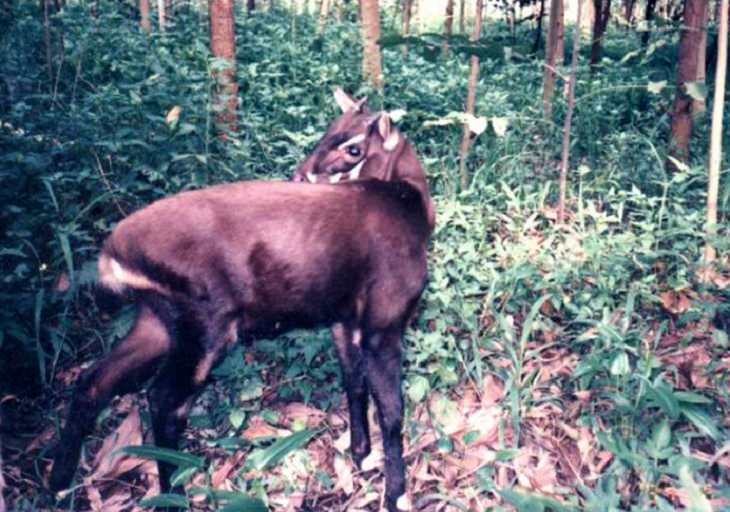
(By Silviculture, Wikimedia Commons)
This member of the bovine family goes by many other names like the Asian Unicorn, siola, spindlehorn, and the Vu Quang Bovid or ox. This species was discovered in 1992 when remains were discovered in Vu Quang Nature Reserve in Vietnam. A live saola was seen for the first time in 1992 when it was captured in a photograph taken by a camera trap in the Reserve. Experts estimate that there are less than 700 saolas left. As this relative of the antelope is difficult to track, exact numbers are unknown. It is a critically endangered species on the IUCN Red List and one of the rarest large mammals.

(By Eva Hejda, Wikimedia Commons)
The northern hairy-nosed wombat is one of the rarest mammals in the world, and one of three living species of wombat. The numbers of this species in National Parks and Refuges around the world went from 300 in 2015 to less than 20 in 2018. As there are a plethora of threats to the survival of this species, there are numerous population recovery plans in place. This species is listed as critically endangered on the IUCN Red List.
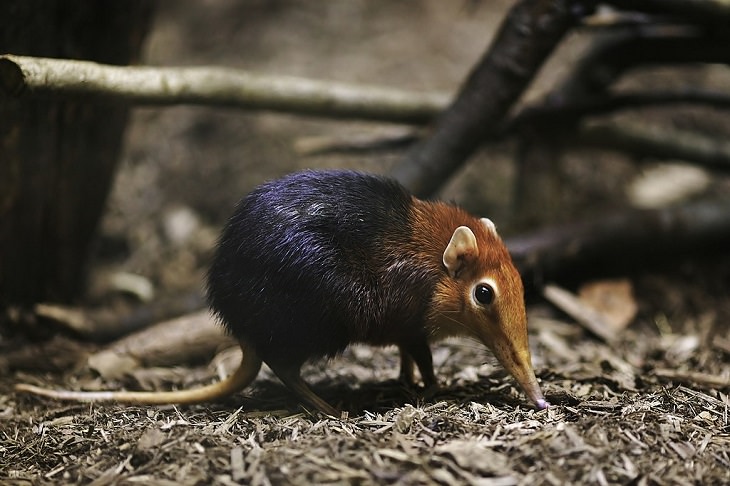
(By Joey Makalintal, Wikimedia Commons)
This long-nosed shrew (also known as the jumping shrew) is found across the southern part of Africa, from the Namib Desert to the thick forests of South Africa. Despite being called a shrew and their small stature, they are actually closer relatives to elephants than shrews. This species was discovered only in 2008. Its exact populations are unknown, but the population is estimated to be between 400 and 800. It is not listed on the IUCN Red List, but is one of the species in the report on The World's 100 most threatened species, published as a collaboration between the IUCN Species Survival Commission and the Zoological Society of London.

(By © Hans Hillewaert, Wikimedia Commons)
This tortoise native to Madagascar is extremely popular in the exotic pet trade despite being a protected species. The rare Angonoka tortoise also goes by the names Madagascar tortoise, or Madagascar angulated tortoise because of the pattern on its shell. Despite being listed as critically endangered on the IUCN Red List, the numbers of this tortoise have continually declined and there are only an estimated 500 individuals left in the wild.
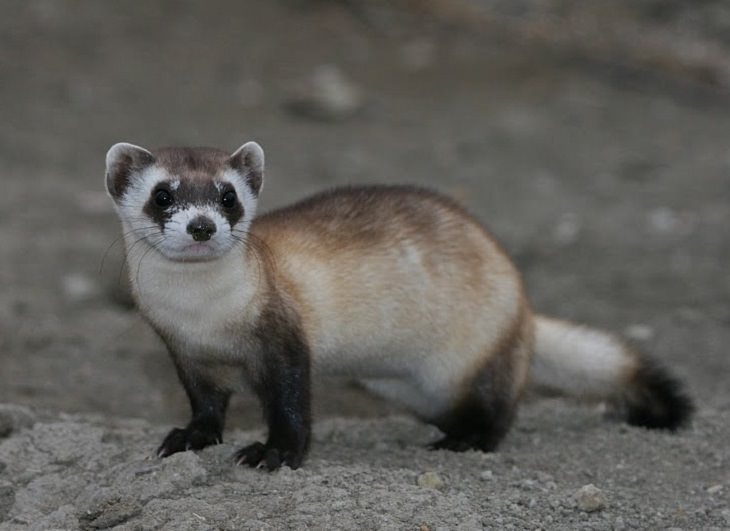
(By USFWS Mountain Prairie, Wikimedia Commons)
The black-footed ferret, also known as the prairie dog hunter, or the American Polecat, was declared extinct in 1979 until remains of the one were discovered in 1981. As of 1987, the species was considered extinct in the wild, but thanks to numerous captive breeding programs organized by the US Fish and Wildlife Services, those numbers have increased. There are now over 1000 of these ferrets in the wild, spread across the United States, Canada, and Mexico. It is now listed as endangered on the IUCN Red List.

(By Paula Olson, Wikimedia Commons)
This underwater creature is a rare species of porpoise that is slightly smaller in size than a human being. It is the most endangered species in the order Cetacea. The vaquita is found across the Gulf of California and had an estimated population of 600 in 1997. According to a report published by the IUCN in 2019, the rough estimate now stands at only 9. This species has been wiped out by unlawful fishing practices and is listed as critically endangered on the IUCN Red List.
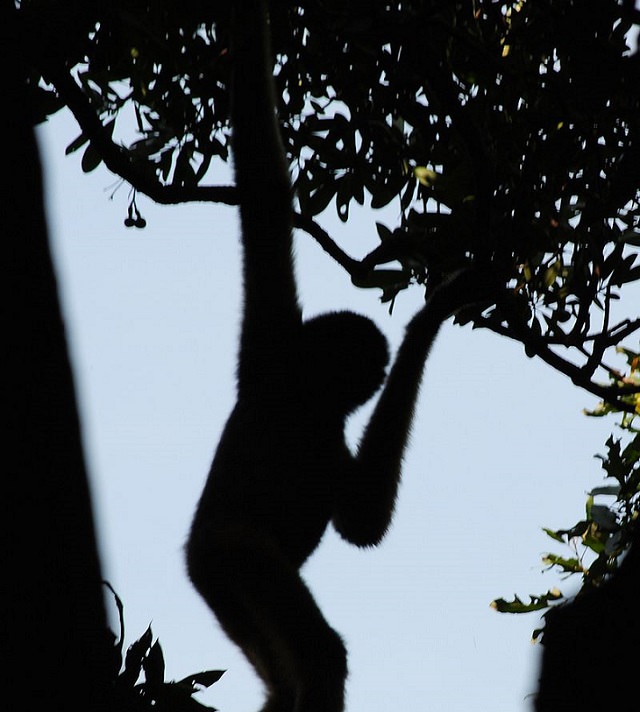
(By Anna Frodesiak, Wikimedia Commons)
The Hainan Gibbon also referred to as the black-crested Hainan Gibbon, is one of the rarest primates in the world. This particular species of gibbon, which is a small ape, is only found in one particular forest range on the tropical island Hainan off the southern coast of China. All attempts to breed this species in captivity have failed. There are only approximately 25 of these gibbons left in the wild.
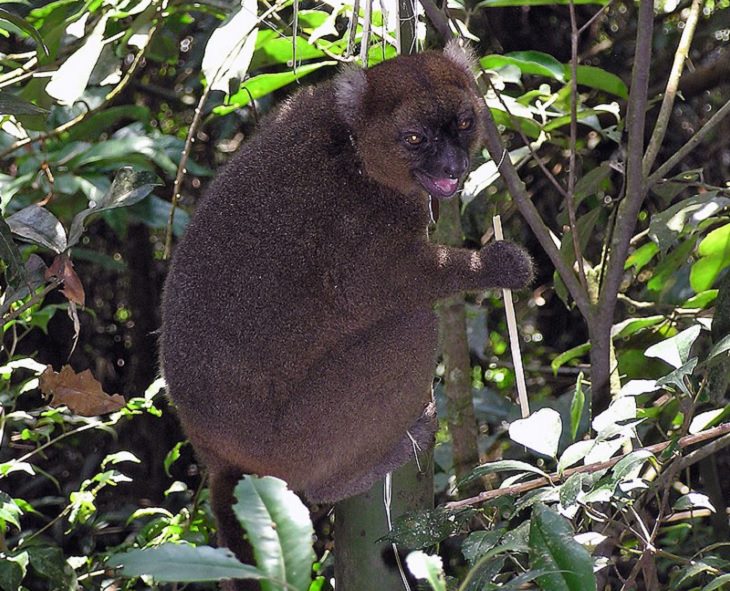
(By Cédric Girard-Buttoz, Wikimedia Commons)
Also known as the broad-nosed gentle lemur and the broad-nosed bamboo lemur (because of its broad nose), the greater bamboo lemur is found only in southeastern regions of Madagascar. This lemur only eats bamboo, which has left experts baffled as to how its body processes the cyanide present in bamboo shoots - a chemical extremely toxic to people. Bamboo is frequently cut down illegally and sold to create a variety of different items, which has caused a steady decline in the population of this lemur. There are an estimated 200-500 of these lemurs in the wild, and it is listed as critically endangered on the IUCN Red List.
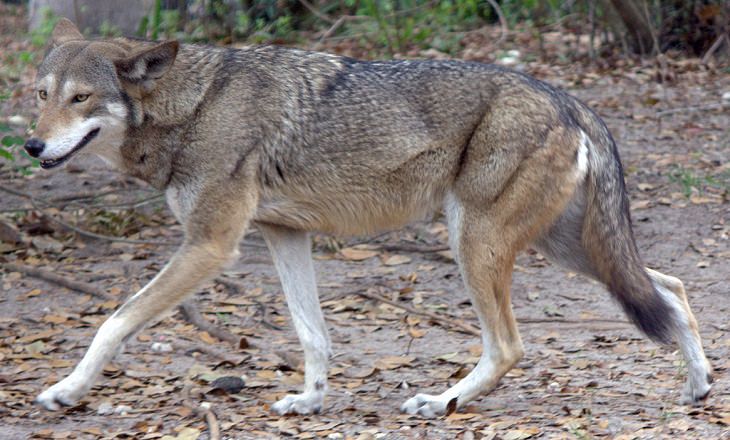
(By LaggedOnUser, Wikimedia Commons)
The red wolf is a member of the canine family, named after the reddish-tawny shade of its fur. This wolf is native to river forests and swamps across the southeastern states of the US. There are approximately 200 of this species in captivity, but only 40 in the wild. Because there is still much debate regarding the lineage of the red wolf, that is, whether it is a mixture of a wolf and a coyote or a different species, this species has not been considered endangered for certain. It is listed as critically endangered on the IUCN Red List.
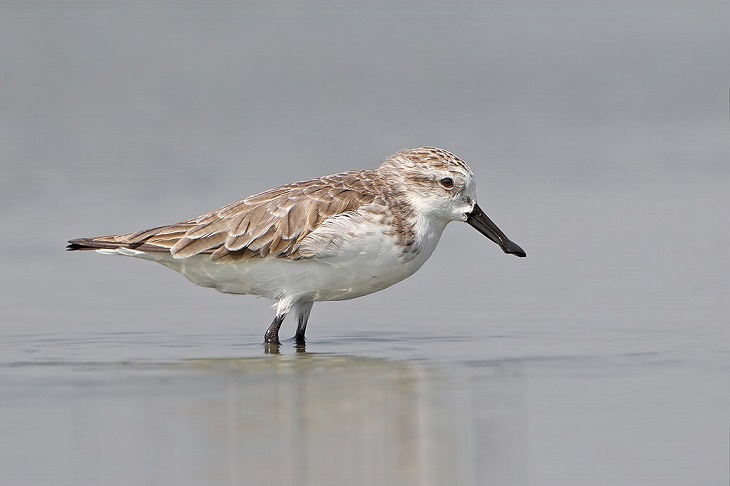
(By JJ Harrison, Wikimedia Commons)
This bird spends winters in Southeast Asia and the mating season in north-eastern Russia. It is a small wader, which means it inhabits coastal shore and usually wades through the water to forage for food in mud and sand. Their population in captivity and in the wild collectively is estimated to be between 250 and 500. The IUCN lists this bird as critically endangered.
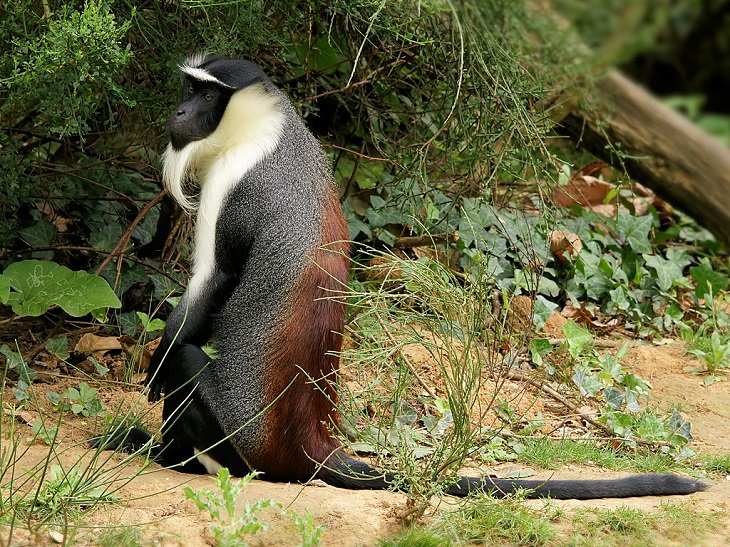
(By © Hans Hillewaert, Wikimedia Commons)
This black, white and brown monkey is a native of the tropics of West Africa. They live in the canopies of the old-growth forests of the Eastern Ivory Coast and Ghana. They are frequently hunted for their bushmeat, which has caused a heavy decline in their population. All populations of this monkey in Ghana's Bia National Park have been completely wiped out. There are only 2000 mature individuals of this species In the wild, resulting in these species being categorized as endangered on the IUCN Red List.
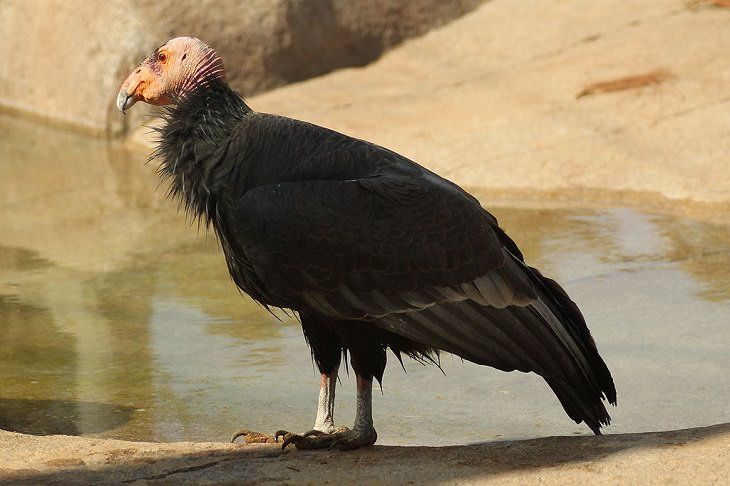
(By Stacy, Wikimedia Commons)
This gorgeous fowl is the largest bird in North America with a wingspan of 10 feet. In 1982, there were only 22 California Condors left. This vulture has been extinct in the wild since 1987, at which point the few remaining wild birds were placed in captive breeding programs across Arizona and Utah. Thanks to these programs, 2019 saw the hatching of the 1000th California condor chick. It is, however, very much still considered a critically endangered species according to the IUCN Red List.